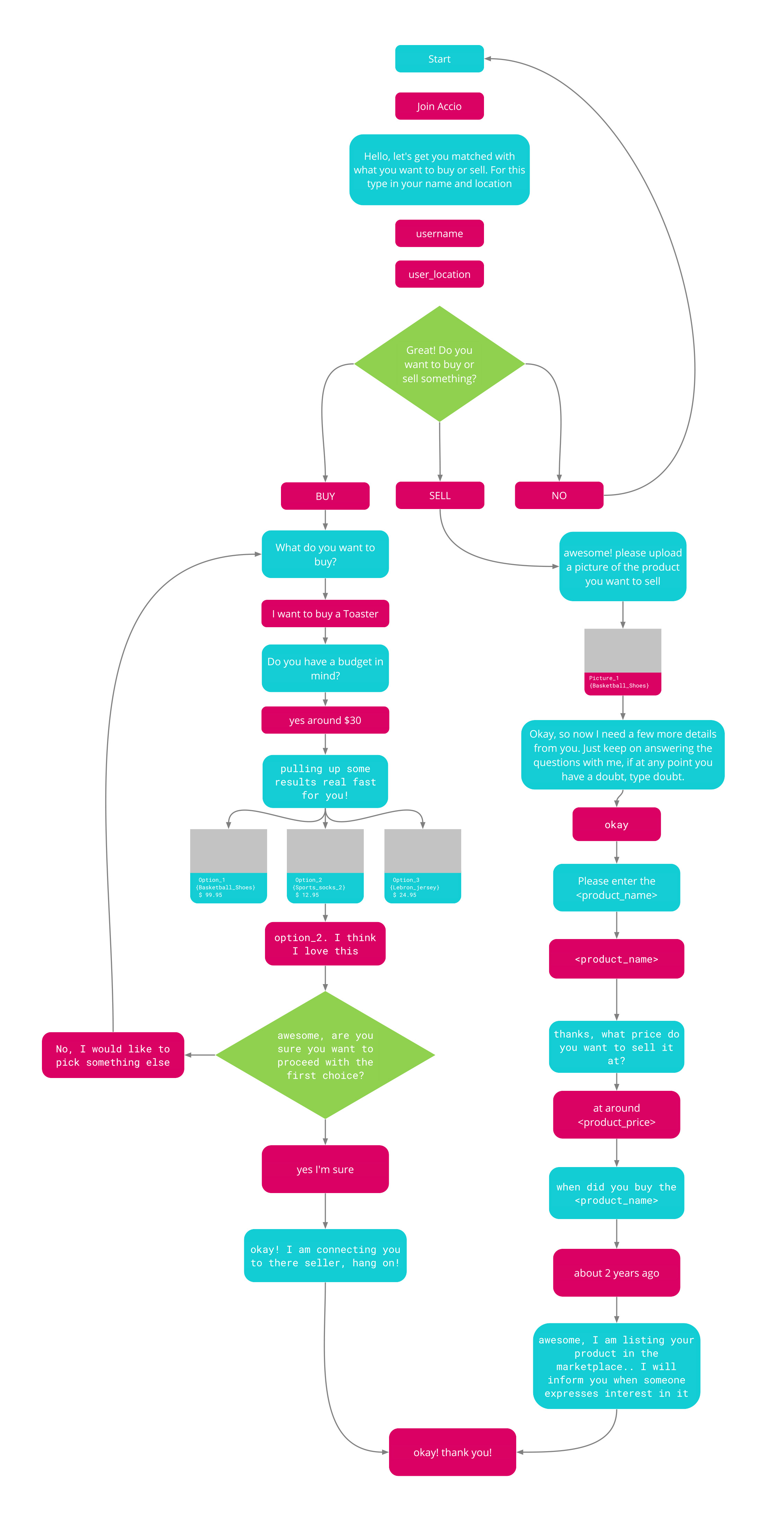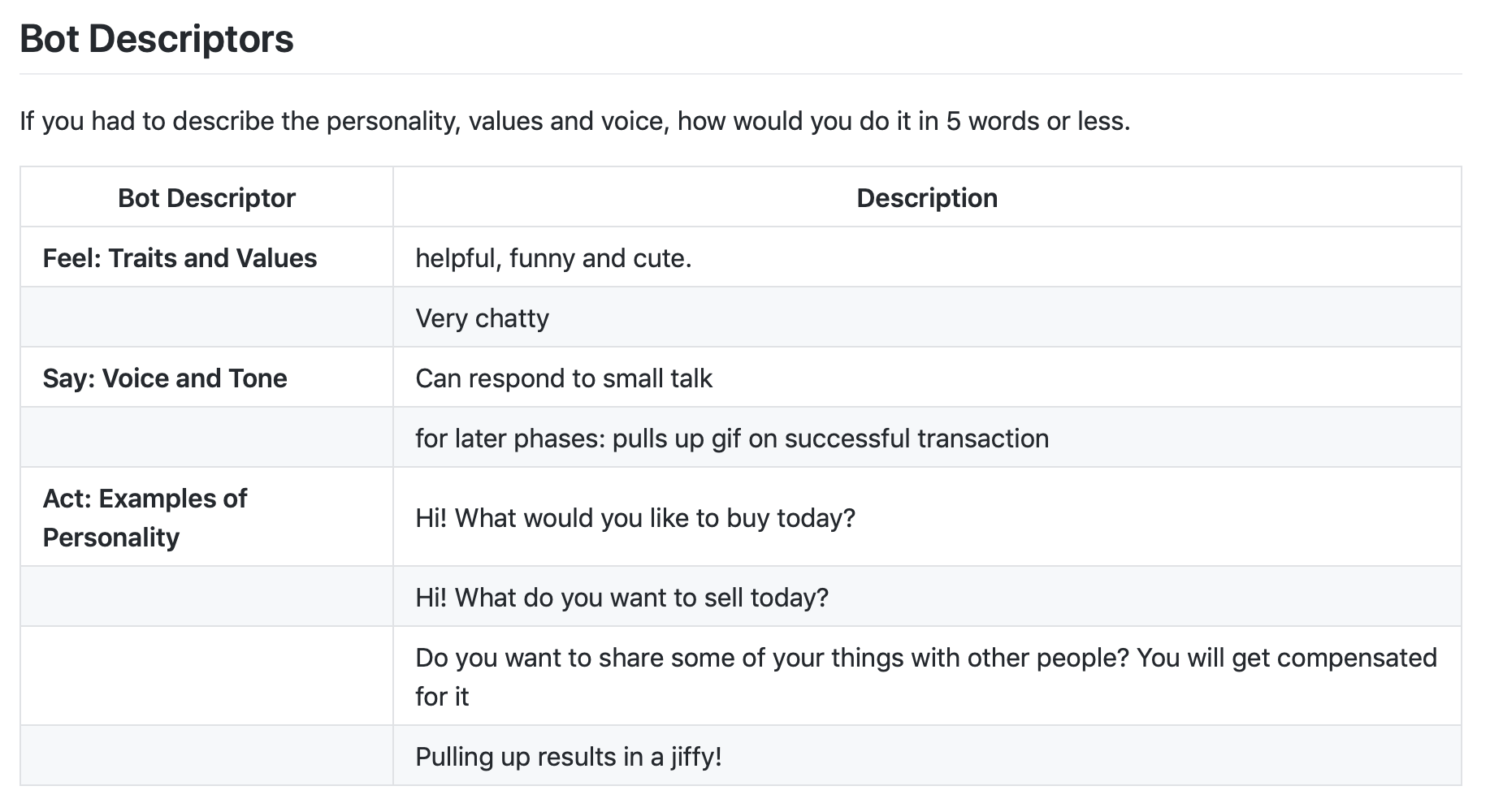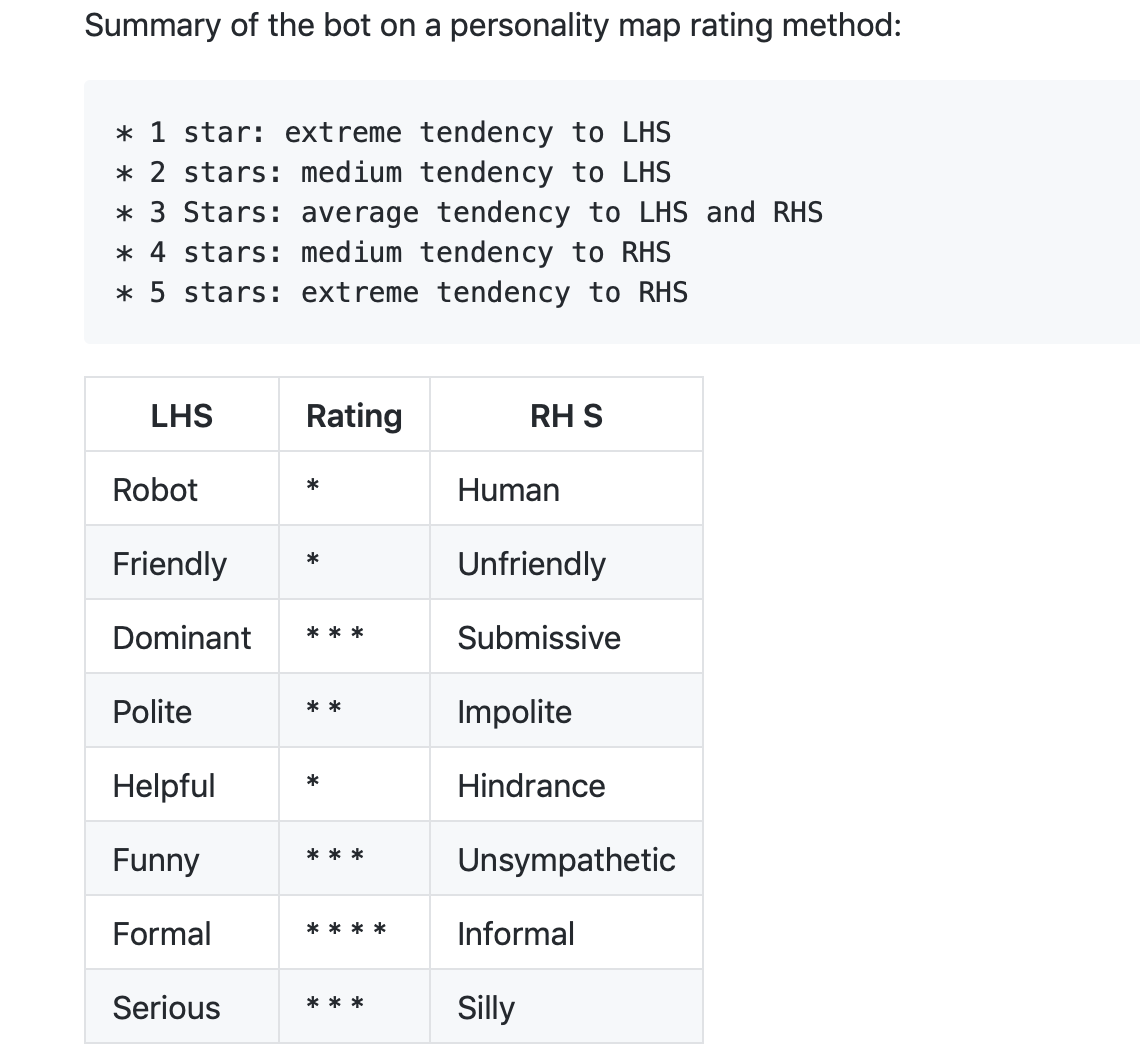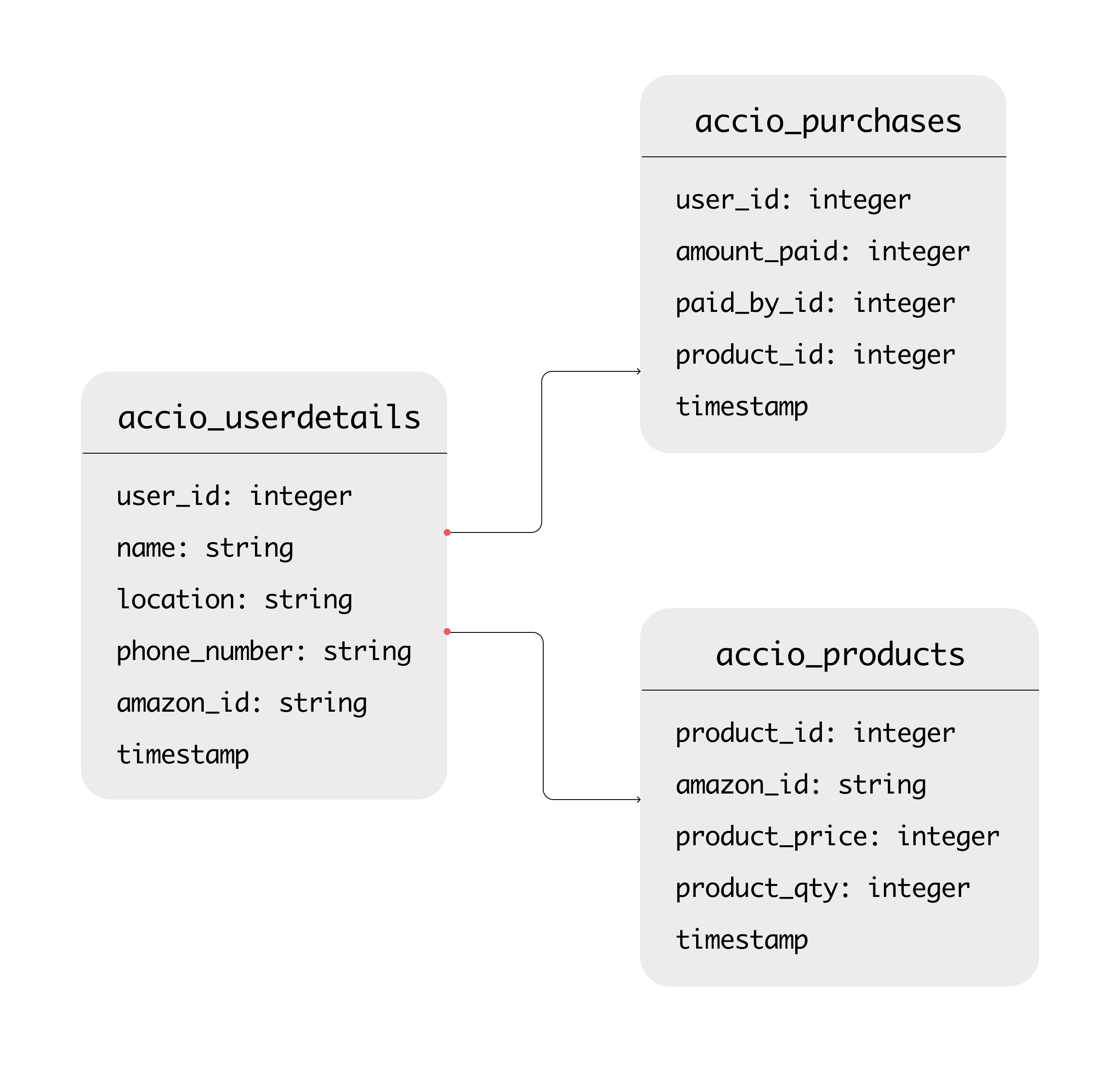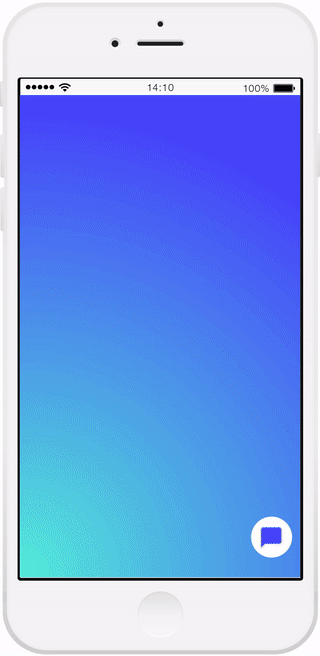Intention
The main reason I sought to build this project was to promote circular and sharing economy practices. As a person who has moved through 5 different cities across 2 countries in the past year, I can say from personal experience that it is a very painful process to setup a place, use it and finally, find people to pass on the things that one initially started with. For instance - mattresses, table, chair, bed frame, lamps, even clothes that are in a good condition. Another thought behind this was the model of sharing economy, suppose I want to use a drilling machine to drill 4/5 holes in my apartment. Now the upfront cost of purchasing this would be too much, but I wouldn't mind paying a few dollars to rent the machine for a few hours. Building up on these experiences, I sought to build a chatbot which can enable this.
